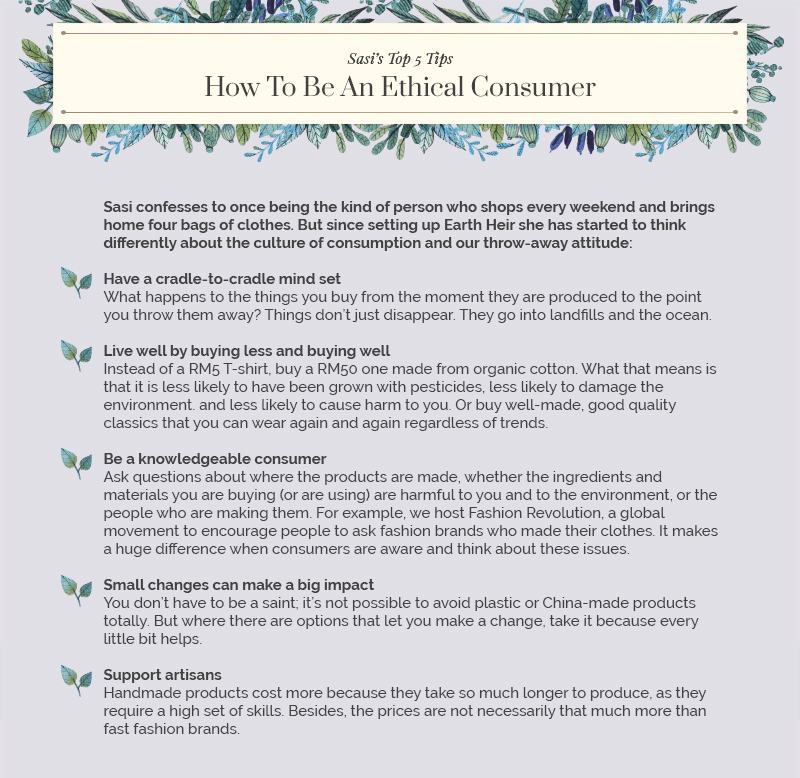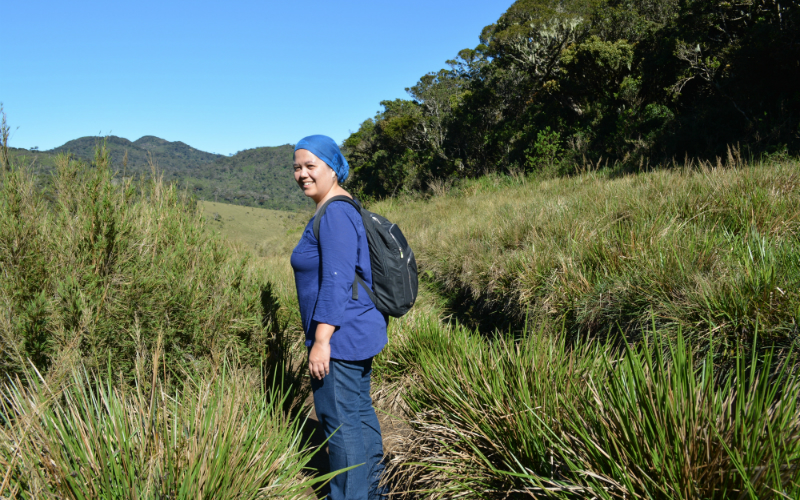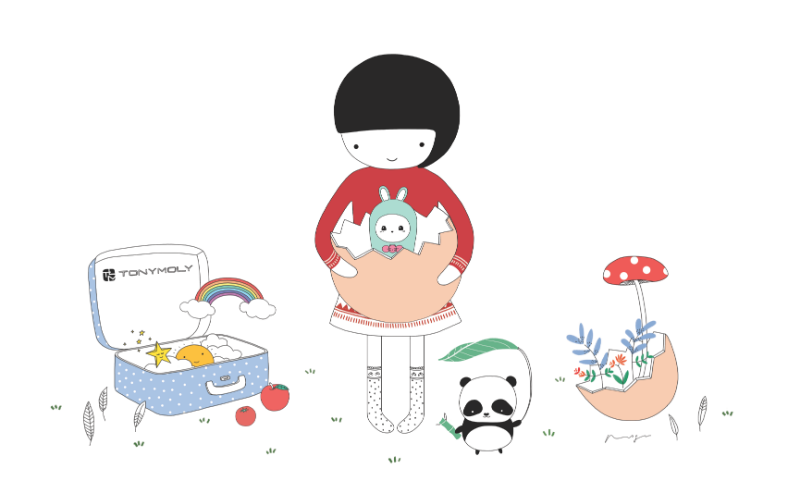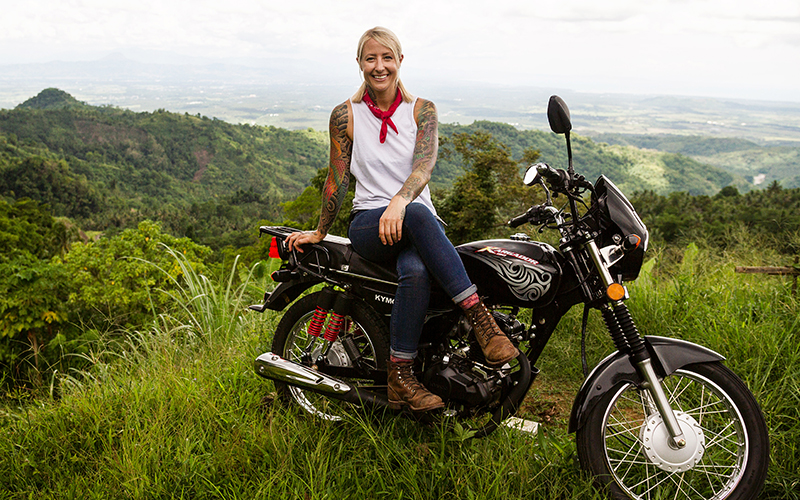[vc_column_text]
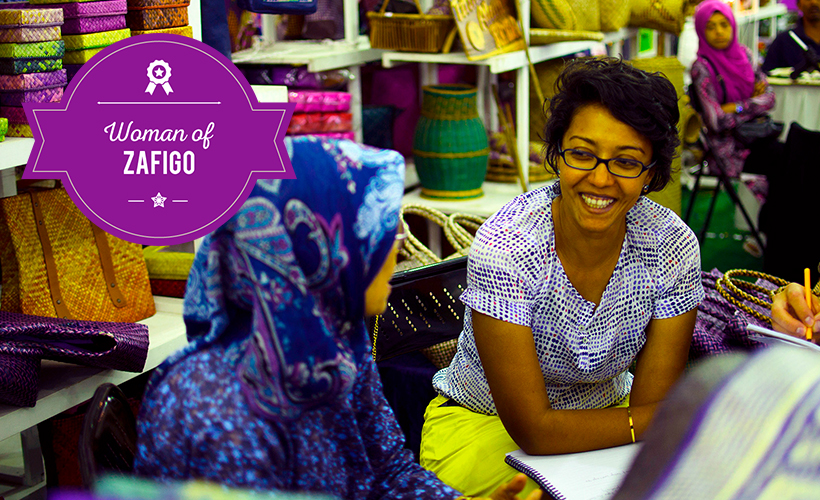
Sasibai Kimis points out a red woven tote on a table in her office-cum-showroom. “It was hand-woven by Nelly, a weaver from Miri, Sarawak. Wharton (Wharton School of the University of Pennsylvania) ordered 400 of these as speakers and VIP gifts for an event they hosted here together with Bank Negara,” she says with a smile.
Neatly laid out on the table are more handmade items: Bejewelled silk ikat clutches; notebooks hand-bound in hand-woven raw silk; necklaces hand-assembled from aluminium and handmade beads; hand-woven shibori silk, woven totes, clutches and tablet covers. Hanging on the racks are blouses and dresses tailored from hand-woven fine silk, cotton or cotton-silk scarves, and hand-embroidered cashmere scarves.
The collection is stunning, to say the least. The workmanship is impeccable, the fabric boasts unique motifs, and every single item bears the human touch. Most were created by artisans who laboured for hours – if not months – to put the masterpieces together. “A blouse could have been stitched by disabled Cambodian tailors from silk that’s hand-woven by weavers in Cambodia. These are well-made, limited editions,” Sasibai (or Sasi as she is known) explains as she shows the range of products produced under her social enterprise label, Earth Heir.
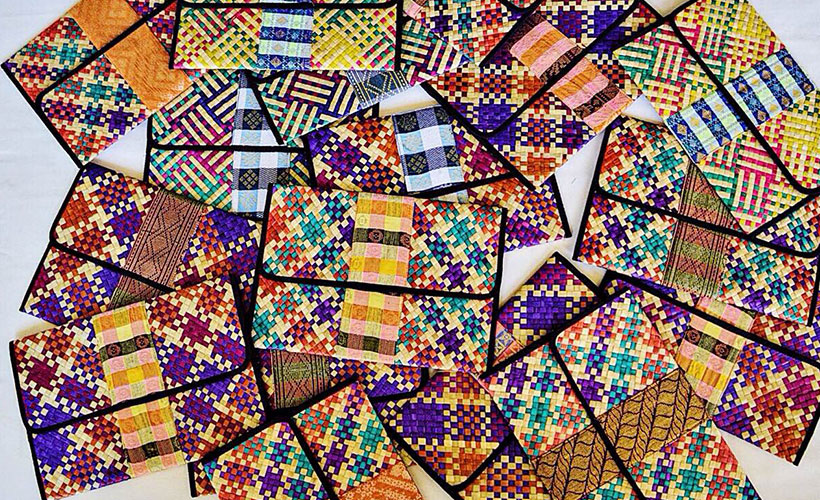
Established three years ago, Earth Heir is a purveyor of hand-crafted, stylish and luxurious pieces made by master crafts people using fast-disappearing skills and traditions that have been passed down. Through this venture, Sasi propagates the appreciation for craftsmanship, preserving cultural heritage, and supporting artisans in a sustainable manner along with ethical consumption, a positive environmental impact, fair trade, support for local business and poverty reduction.
It makes Sasi come across as more of an activist than an entrepreneur – although with her degrees from Wharton School, University of Pennsylvania and Cambridge University, she is more than qualified and capable. Her career path has included stints in investment banking and private equity in New York, London and Kuala Lumpur, interspersed by a period in Ghana working for the United Nations Development Programme (UNDP) and a non-governmental organisation (NGO) on livelihood programmes.
“I reached a point in my life when I didn’t want to just keep growing my bank account and asking ‘What have I done with my life?’. I wondered what kind of legacy I was leaving. Would I want to have felt like I lived my life for myself and didn’t help others?”
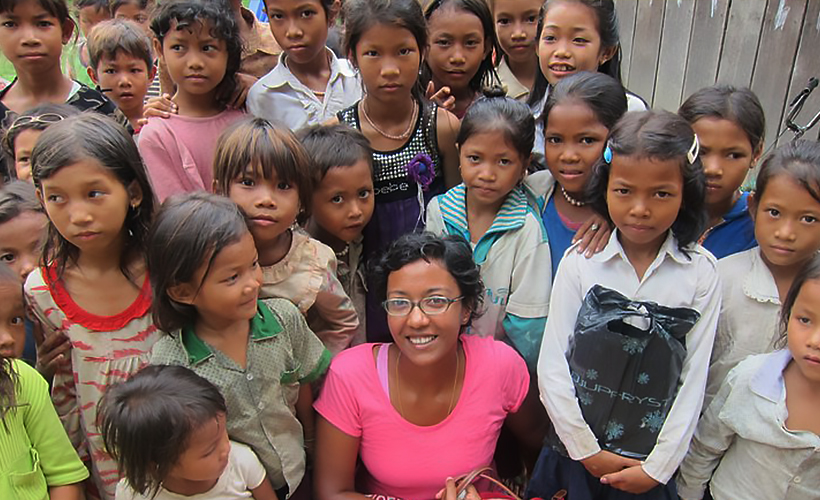
She decided to take a break from work to pursue a Christian education course in Hawaii before heading to Cambodia to build schools and teach English. It was to be a pivotal, life-changing trip. “I saw how the Cambodian silk weavers were struggling and being taken advantage of by the middle men, so I decided to buy what I could, to sell to friends,” she recalls.
Her business mentor, however, pointed out that if she wanted to make a real and sustainable impact in the lives of these weavers, she would have to turn her little venture into a proper business. Somewhat reluctant at first, she eventually came round to the idea and set up Earth Heir in 2013.
The initial years were spent mostly running pop-ups at bazaars, and she admits, often times, “building awareness (about ethical consumption and heritage crafts) more than building sales.” To source for merchandise, she visited and bought from artisans in Cambodia, India and Thailand at first. She moved on to designing products and worked with the craftsmen either directly or through NGOs and cooperatives in Malaysia and parts of South East Asia.
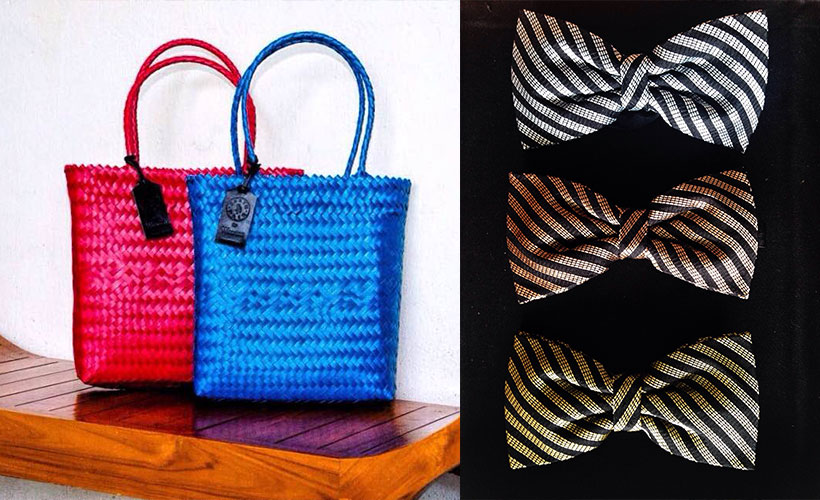
Eventually, Earth Heir’s web store materialised and then it hit the retail front too, through a handful of specialist shops. Recently, recognising that retail sales, while helpful, hardly impact the lives of the artisans because of their small quantity, Earth Heir branched into supplying corporate gifts and door gifts for events as well.
It would seem that Earth Heir is well on track, but Sasi has loftier goals in mind. She wants to move the sector forward by creating an incubation programme that connects artisans to fashion designers, to be trained in areas like branding, design principles and business skills. The aim is to teach craftspeople what companies and designers locally and globally are looking for and how to work with them.
“Let’s harness the skills and work with them to connect them to the right markets and people, to make products that buyers actually want – instead of making the same stuff that nobody values,” she laments. “One of the biggest problems with heritage crafts is design. They are either too ethnic or not contemporary enough to warrant a global audience.”
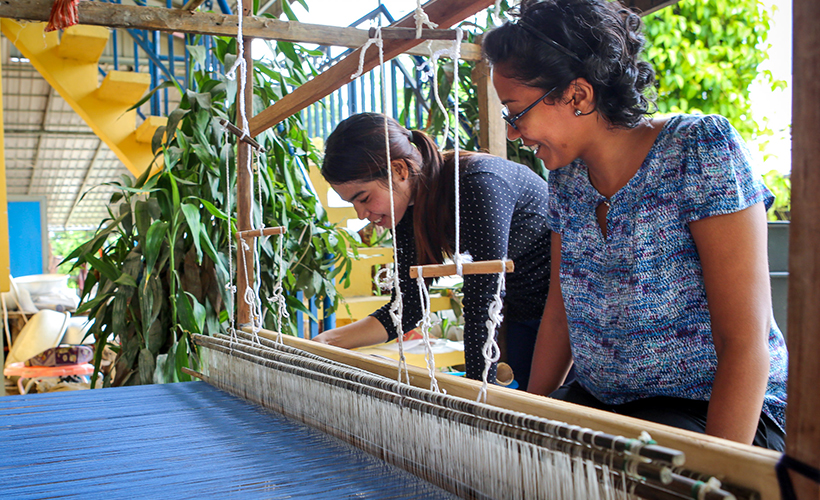
Part two would be to create market access. “There are a lot of beautiful crafts out there but the problem is market. People don’t know where they are and how to find them, and artisans don’t know how to access buyers,” she says. Her idea is to create a platform to connect buyers to artisans: Artisans would be able to showcase their products, and buyers can see what they want and contact artisans directly. Ethical intermediaries would assist if the craftspeople feel they are not sophisticated enough to communicate with buyers, protecting both sides.
So what’s holding her back? As with many small enterprises, lack of funding is a major stumbling block. Yet, paradoxically, money is the most important issue that enterprises like Earth Heir can address. “Studies have shown that the artisan sector is the second largest sector in which you can intervene to reduce poverty after agriculture. Instead of pouring millions and millions into poverty reduction programmes that are going nowhere why not focus on this sector? This isn’t charity. This is an economic issue,” she argues.
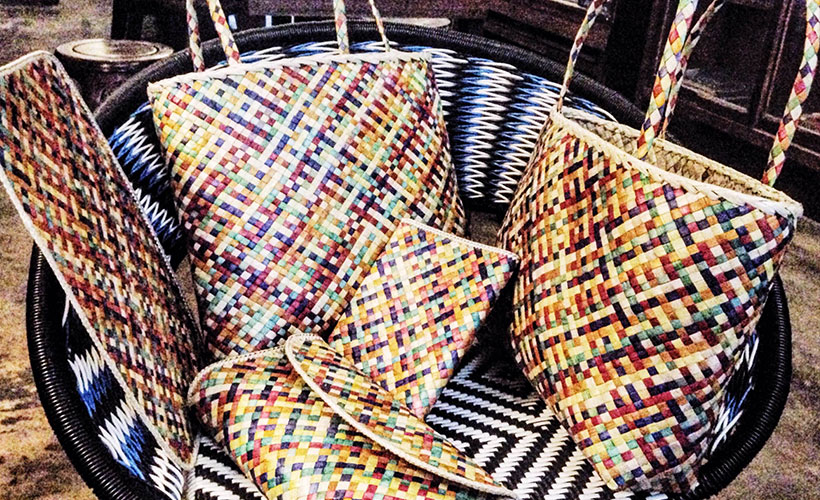
Sasi acknowledges that it is an uphill battle but she remains hopeful that change can happen. She has been tireless about making things work but it is not for wanting to grow her brand or empire – it’s all about realising that big dream. Sasi’s passion and determination has led to her being one of the winners of Wharton’s “40 under 40” award in 2015. She was also an Eisenhower Fellow in the 2015 Women’s Leadership Program that focuses on issues related to socio-entrepreneurship, ethical fashion, and innovation.
Her passion and determination is part of Earth Heir’s DNA, which has always been a very hands-on endeavour built on personal relationships and trust. With Sasi at the helm, it continues along the same vein and there’s only one way for it to go: Forward, and to a better future for the artisans of Malaysia and eventually, South East Asia.
To support Earth Heir, shop their products online or buy from their stockists.
[/vc_column_text]
